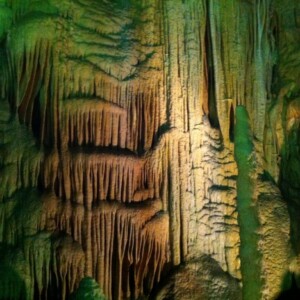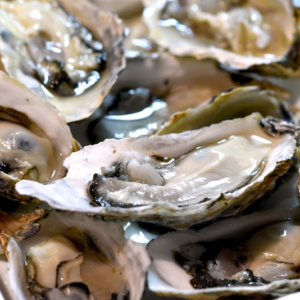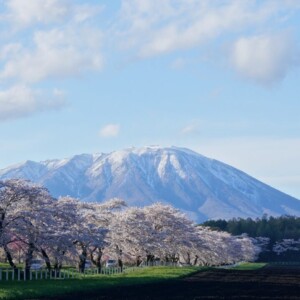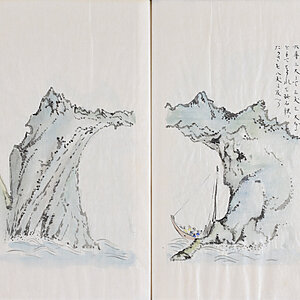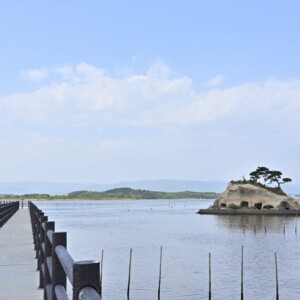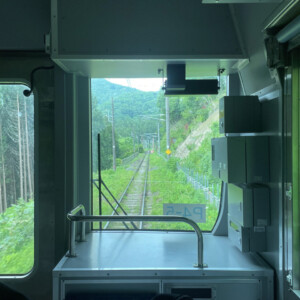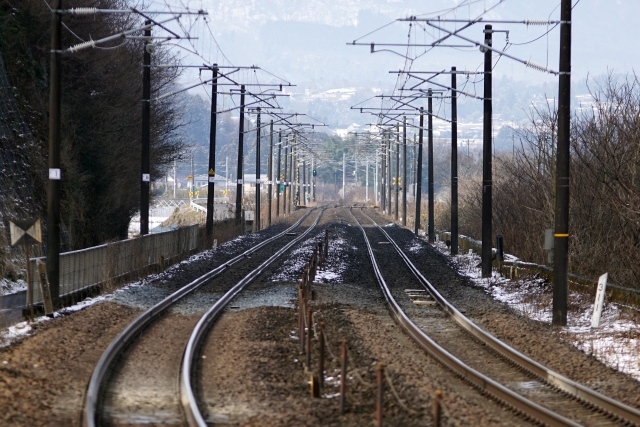
Limited Express/Express trains that run only under the overhead line despite a diesel car (Tohoku Main Line edition)
table of contents
In Japan, vehicles that run on tracks are often called " trains vehicles run using diesel fuel are also operated, mainly on local local lines in the countryside.
Diesel cars can run on non-electrified routes without equipment for trains (such as overhead lines that are stretched above), but of course, they can run on electrified routes without any problems.
Diesel trains operating directly on non-electrified and electrified routes exist all over the country.
first and last stops are electrified .
Not only that, when the JNR, the predecessor of JR, was still alive and well, there were many long-distance express trains and express trains that were operated by diesel cars, even though all the sections that operated were electrified .
This time, we will introduce trains that operated by diesel cars, even though all sections of the express, express, and semi-express trains that ran on the Tohoku Main Line.
Furthermore, there are many cases where diesel cars have been installed on special trains, and it is difficult to investigate all the details, so we will only introduce regular trains.
Furthermore, of trains with multiple destinations and first stations, only some formations run under the overhead line on all sections
(e.g. Hakkoda, the express train departing from Ueno and Aomori, Kuji, and Mori, only formations heading to Aomori will run under the overhead line on all sections, but not applicable).
Trains that ran directly from the Tohoku Main Line to another electrified route (Joban Line and Ou Main Line) will be introduced in a separate article at a later date.

Tohoku Main Line
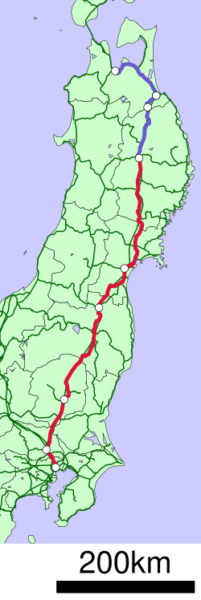
, https://commons.wikimedia.org/w/index.php?curid=4303825
The Tohoku Main Line is a line that connects Tokyo Station in Tokyo to Aomori Station in Aomori Prefecture via stations such as Omiya (Saitama Prefecture), Utsunomiya, Fukushima, Sendai, and Morioka.
Currently, the section from Morioka Station to Aomori Station has been transferred to IGR Iwate Galaxy Railway and Aomori Railway
The Tohoku Main Line was electrified from Tokyo Station to Kuroiso Station (Tochigi Prefecture) by May 1959.
In July of the same year, Kuroiso Station was electrified from Shirakawa Station (Fukushima Prefecture), and the electrified section extended to the Tohoku region.
Since then, electrification to Fukushima Station was completed in March 1960, to Sendai Station in March 1961, to Morioka Station in October 1965, and to Aomori Station in August 1968.
Limited Express "Hibari" (Ueno Station to Sendai Station)
Hibari Express is a train set up in the Japan National Railways schedule revision in October 1961.
The operating section was from Ueno Station in Tokyo, via the Tohoku Main Line to Sendai Station in Miyagi Prefecture.
The Tohoku Main Line was electrified south of Sendai Station in March 1961, so it seems that Hibari can be operated by train.
However, there are several methods of electrification, and the electrification system changes along the way on the Tohoku Main Line.
Specifically, trains were to run on the border with Kuroiso Station in Tochigi Prefecture, with 1,500V DC on the south side and 20,000V AC 50Hz on the north side.
In 1961, trains that could run in both DC and AC electrified sections and could also be used for express trains were still under development.
the Kiha 82 series a diesel vehicle for express trains , was allocated to the limited express train, which was operated by diesel vehicles despite the entire section being electrified .
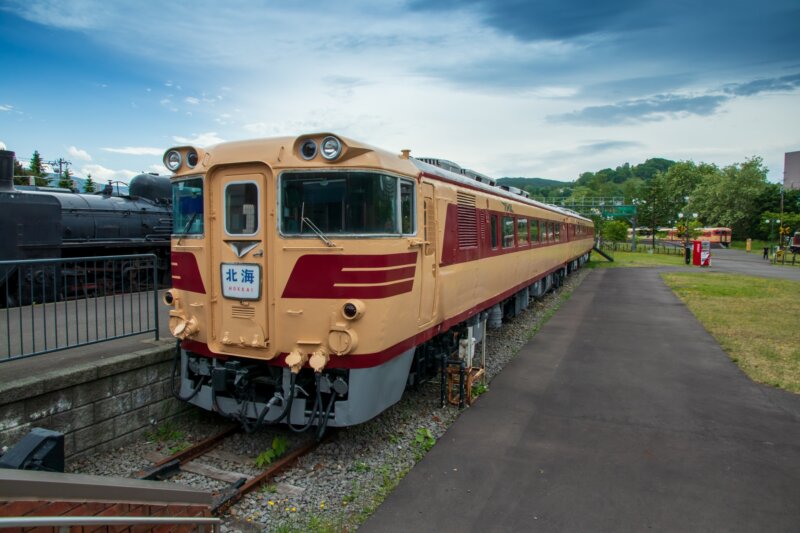
However, the Kiha 81 series, which could be called the prototype of the Kiha 82 series, had frequently had problems immediately after its debut last year.
As a result, the Kiha 82 series, which was manufactured to be used for the Hibari, was to be on standby as a spare vehicle for other express trains, and the Hibari was not operated.
The Hibari actually started operating in April 1962 .
The journey from Ueno Station to Sendai Station was just under 5 hours.
After that, trains that can be used for both AC and DC were successfully developed, so in October 1965 the Hibari used vehicles were replaced by trains, reducing the travel time between Ueno Station and Sendai Station to about 4.5 hours.
In October 1968, the event was further reduced to less than four hours, indicating the difference in performance between trains and diesel cars at the time.
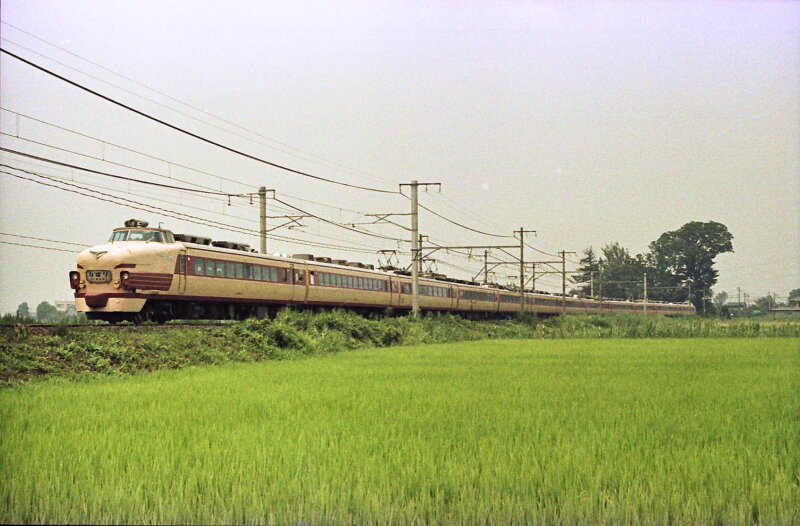
Author: Gohachiyasu1214 - Works by the author himself, CC Display-ShareAs 4.0
, https://commons.wikimedia.org/w/index.php?curid=88122151
This is a limited express train that connects the metropolitan area and Sendai, the largest city in the Tohoku region, so there is a strong demand, and the October 1978 schedule service was 15 round trips per day.
However, with the opening of the Tohoku Shinkansen between Omiya Station and Morioka Station in 1982, all regular (daily) Hibari was abolished due to the timetable revision in November.
Even after its abolishment, it has been revival operation several times as a special train.
Express "Kurikoma" (Sendai Station - Morioka Station and Aomori Station) and Express "Himekami" (Sendai Station - Morioka Station)
The Kurikoma was newly established as a semi-express train in June 1960, with the schedule revision, and was operated using diesel vehicles.
The operating section is between Sendai Station and Morioka Station in Iwate Prefecture, and travel time is from 3 to 3.5 hours.
In October 1965, the electrified section of the Tohoku Main Line expanded from Sendai Station to Morioka Station, but the Kurikoma continued to operate by diesel vehicles, and became
a diesel semi-express train that runs under the overhead line on all sections The following year, in 1966, it was promoted to an express train
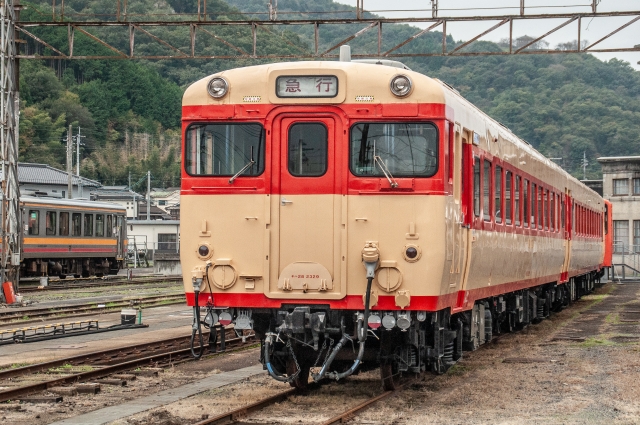
In October 1968, the Kurikoma operation section was extended to Aomori Station.
In August of the same year, the Tohoku Main Line had been electrified to Aomori Station, but the Kurikoma continued to operate by diesel vehicle .
The journey from Sendai Station to Aomori Station takes about 6 to 6.5 hours.
The reason why Kurikoma continued to operate with diesel vehicles is likely
because it was operated in conjunction with another diesel train that runs directly from the Tohoku Main Line The linkage partners include the Sakari Express "Murone" express that runs from Ichinoseki Station to the Ofunato Line, the Hayachine Express "Rikuchu" express that runs from Hanamaki Station to the Kamaishi Line, and the Natsudomari from Shirinai (now Hachinohe) Station, which comes from the Hachinohe Line. All of these trains are direct to non-electric lines, so they cannot be operated by train
(However, as of October 1968, Kurikoma No. 1 of the up trains was not connected to any other trains).
And the connection of trains and diesel cars is not usually done, with a few exceptions.
As long as it was connected to these diesel express trains, it could not be turned into a train.
After that, in October 1970, some trains on Kurikoma were shortened to operate between Sendai Station and Morioka Station, and their nickname was changed to
Himekami However, in March 1972, Himekami was extended again to Aomori Station and returned to Kurikoma.
At the same time, "Kurikoma" was replaced by diesel cars by trains.
Naturally, all connected operations with diesel trains have been resolved.
The travel time between Sendai Station and Aomori Station was as short as 4 hours and 45 minutes, and the difference between the two days of the diesel vehicle was clear.
Furthermore, this section took about 4 hours and 25 minutes on the express train "Hatsukari", so it was almost as fast as a limited express train.
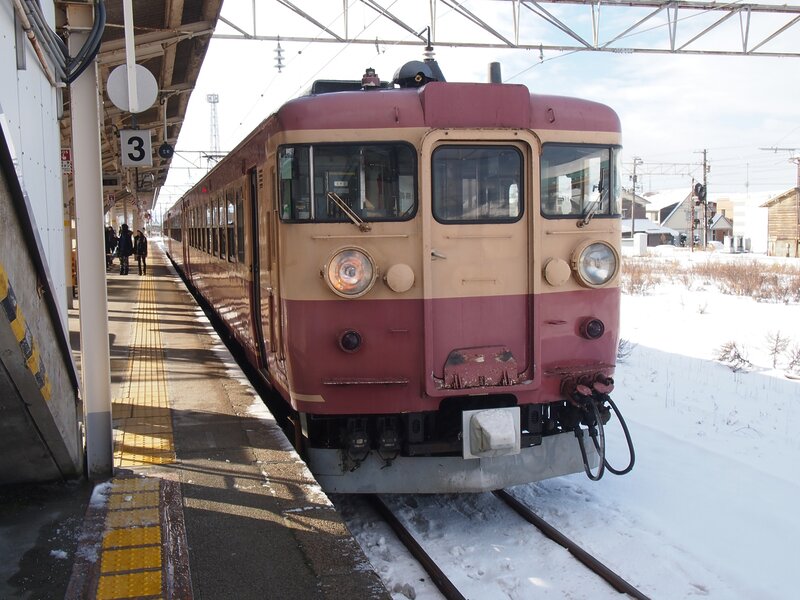
In 1982, when the Tohoku Shinkansen opened to Morioka Station, the schedule was revised in November.
- The distance between Sendai Station and Morioka Station is downgraded to the rapid train "Kurikoma".
- The distance between Morioka Station and Aomori Station is upgraded to the limited express Hatsukari Express
This was the change, and the Kurikoma, an express train, was abolished.
The remaining rapid train "Kurikoma" was also abolished just over two years later in March 1985 due to the timetable revision.
It seems that the usage situation wasn't that bad, but I think that it has become common for people who want to quickly travel between Sendai Station and Morioka Station by Shinkansen (it only takes about 50 minutes to 1 hour and 20 minutes), while those who want to travel at a reasonable price even if it's three hours, take a local train.
in conclusion
I've heard the phrase
" timetables are readable It's fun to look at the timetable for the reprint and find out if there used to be a train like this in the past.
In particular, regarding Kurikoma, I looked at the timetable again to write this article, and realized that it was the first time I had a diesel express train under the overhead line on all sections.
I don't think I'll be able to do a time machine while I'm alive, but if I had a time machine, there's no doubt that riding a train from the JNR era is one of the things I want to do.


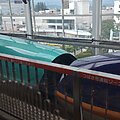




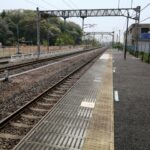

![A train with a locomotive and passenger train! ? Trains with a strange formation [Aomori, Akita, Iwate] 28881650_m](https://jp.neft.asia/wp-content/uploads/2025/01/28881650_m-150x150.jpg)
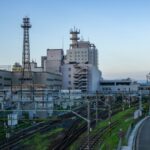

![The trajectory of the Joban Line express train "Hitachi", which has been at the mercy of the times but has played a role in connecting the Pacific coast of Tohoku [Miyagi Prefecture and Fukushima Prefecture] 28017333_l](https://jp.neft.asia/wp-content/uploads/2024/04/28017333_l-150x150.jpg)
!["Train" can no longer run! ? What is "non-electrification" on the Ou Main Line? [Akita/Yamagata] 1620px-jr_east_innai_station_platform, _akita_preff](https://jp.neft.asia/wp-content/uploads/2024/12/1620px-JR_East_Innai_Station_Platform_Akita_Pref-150x150.jpg)

